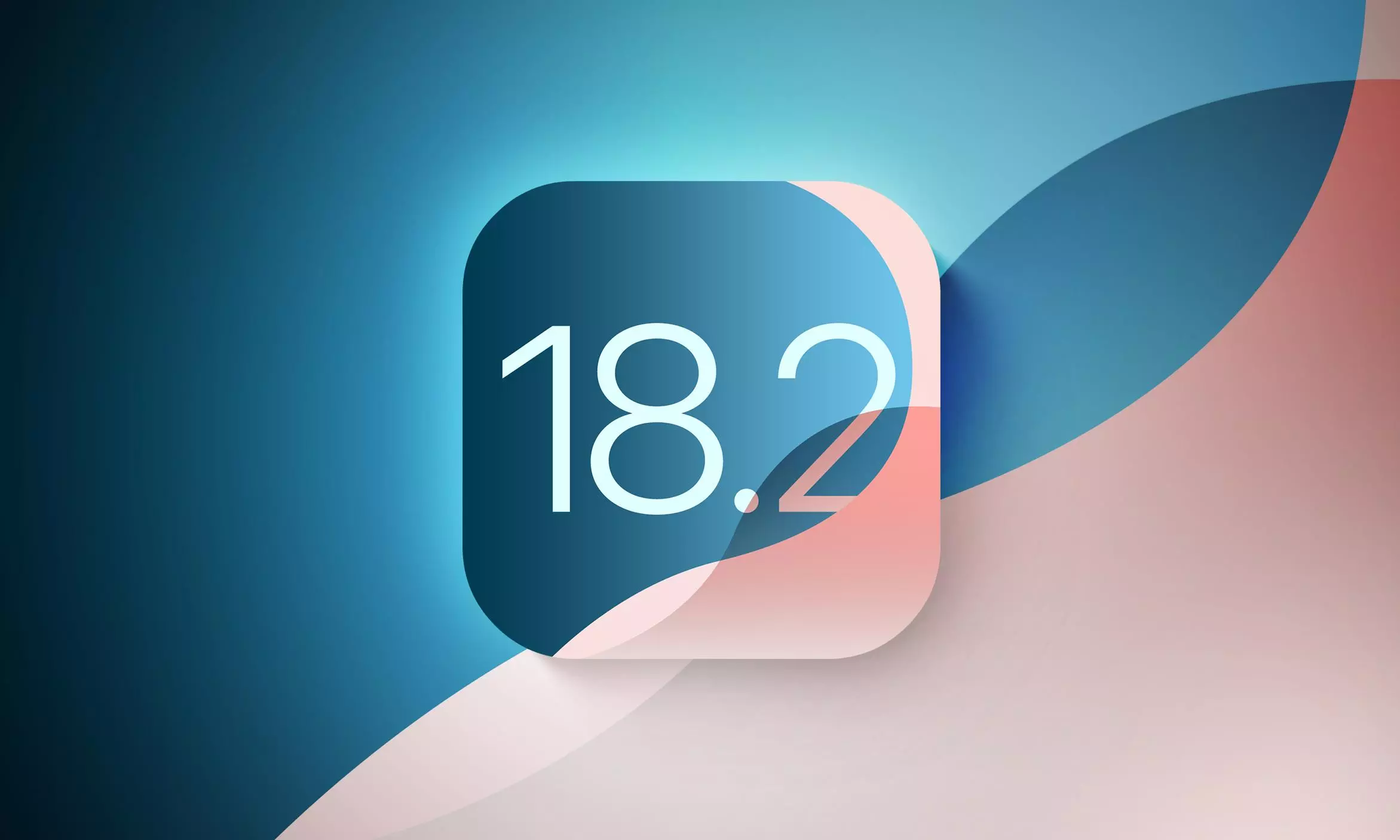Apple’s popular smart speaker, the HomePod mini, is rumored to be getting a refresh next year. While details are scarce, whispers suggest a new in-house networking chip could be the highlight. This “Proxima” chip could bring Wi-Fi 6E to the table, potentially improving connection speeds and stability.
But the rumors get even more intriguing. There’s a chance this chip might enable the HomePod mini to double as a wireless access point, similar to the discontinued AirPort Express. This could be a game-changer, transforming the speaker into a mini Wi-Fi mesh network hub.
Unfortunately, there’s no word yet on whether Apple will utilize this capability. Still, it’s an exciting possibility that could enhance the HomePod mini’s functionality.
On the other hand, Apple Intelligence features, which leverage powerful processors for advanced Siri capabilities, might not be part of the upgrade. The current rumors suggest Apple is saving those for its upcoming smart home display, sometimes referred to as “HomePad.”
This omission could be due to cost constraints. The HomePod mini currently uses an Apple Watch S5 chipset, which wouldn’t be powerful enough for demanding Apple Intelligence tasks. Implementing a more robust A-series chip might significantly increase the price tag.
However, there’s always hope for alternative solutions. Integration with ChatGPT or leveraging Private Cloud Compute could be possibilities, potentially enhancing Siri’s capabilities without requiring a massive processing boost on the device itself.
Only time will tell what Apple has in store for the HomePod mini 2. But one thing’s for sure: the next generation could be smarter, faster, and maybe even double as a Wi-Fi access point – a significant upgrade for a popular smart speaker.
Is an “Apple Card Pro” on the Horizon?
Apple Card recently celebrated its fifth birthday, sparking speculation about its future. With declining hardware sales and a focus on boosting service revenue, the time might be ripe for a premium credit card offering from Apple.
The current Apple Card is a straightforward, no-fee option offering 2% cash back on Apple Pay purchases and an increased 3% back for Apple and select partner purchases. It’s decent, but not particularly exciting.
Recent additions like ChargePoint and Booking.com partnerships with 3% cash back are encouraging, but Apple Card has reportedly cost its banking partner, Goldman Sachs, over a billion dollars. With Goldman Sachs exiting the partnership soon, an annual fee-based Apple Card focused on travel could be a strategic move.
There’s fierce competition in the travel credit card space, dominated by giants like Chase, American Express, Citi, and Capital One. These offerings often require juggling multiple cards to maximize benefits. Apple could simplify things by creating a single, powerful travel card.
Imagine a card that combines the flexibility of earning 1x points with the physical card and 2x points on Apple Pay purchases, while offering 3x points on all travel and dining expenses. This could entice users to make the “Apple Card Pro” their primary credit card.
A $299 annual fee might be an attractive price point, especially if Apple sweetens the deal with enticing perks like exclusive events and access to a network of over 1600 airport lounges through a Priority Pass partnership.
Would it be easy? Absolutely not. Building a strong points ecosystem requires robust partnerships with hotels and airlines, a challenge some banks have struggled with. However, with Apple’s brand power and potential for exclusive deals, an “Apple Card Pro” could become a major player in the travel card market.





